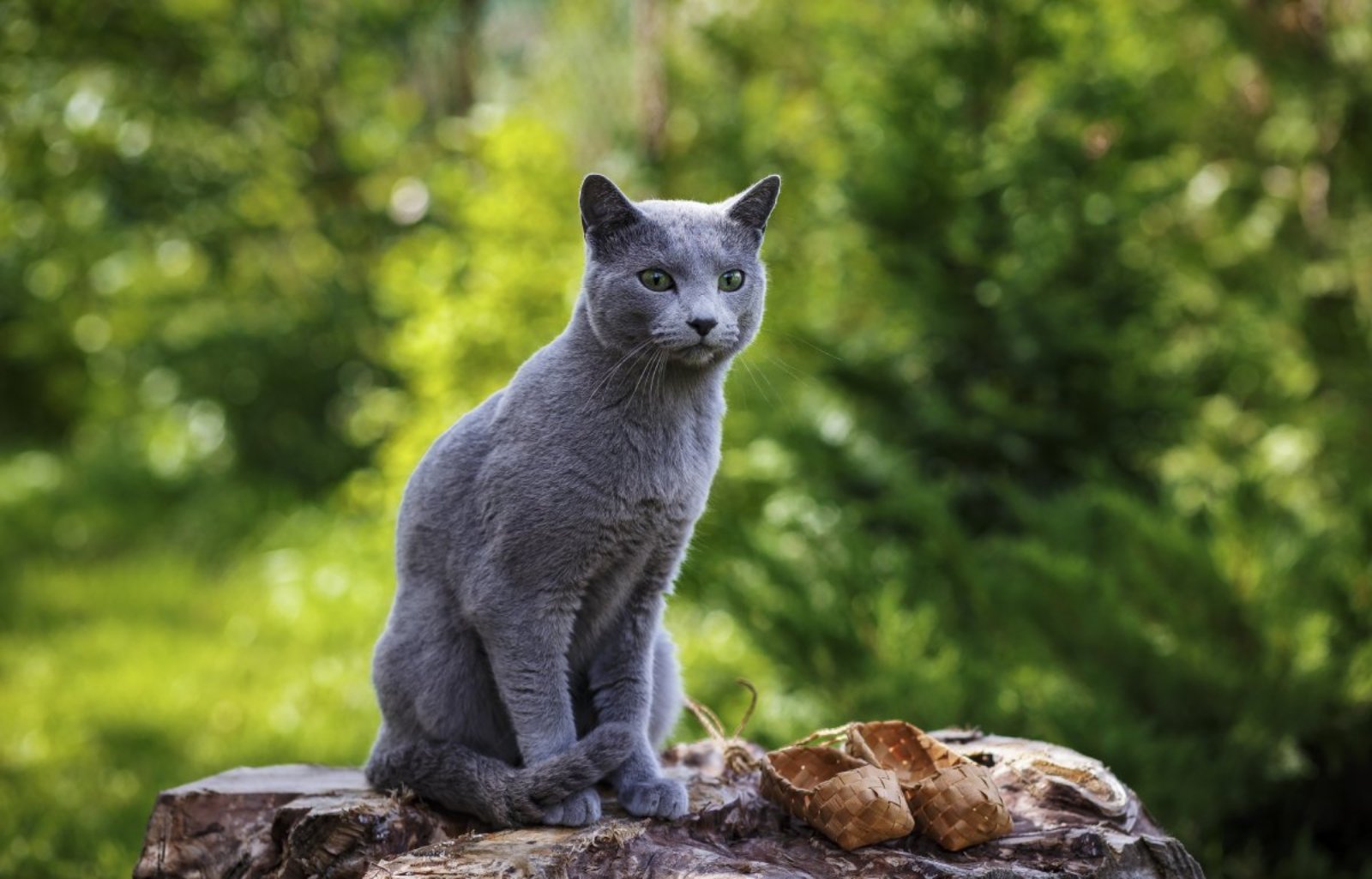From Grumpy Cat to Lil Bub, charismatic kitties have long captivated us with their irresistible quirks. But is the selective breeding that enhances these adorable traits doing more harm than good? Let’s delve into some popular cat breeds, considering both their charm and the ethical implications of their breeding.
1. Scottish Fold: Cruel

With their unique folded ears, Scottish Folds, beloved by Taylor Swift, suffer from a genetic condition that leads to severe joint pain. The price of those cute ears is often chronic discomfort and health complications.
2. Munchkin: Cruel

These short-legged felines, while generally healthy, face ethical questions. The very trait that defines them can contribute to spinal issues, questioning the fairness of perpetuating such a breed for aesthetic pleasure.
3. Sphynx: Cute

Despite their alien appearance, Sphynx cats are largely healthy but require extensive care due to their lack of fur. Prone to skin issues and sensitive to temperature, their maintenance is high, yet they’re not inherently suffering from their genetic makeup.
4. Persian: Cruel

The flat faces of Persian cats, while striking, cause a myriad of health issues, from respiratory problems to eye conditions. Breeding animals with such traits, knowing the suffering it can cause, crosses ethical boundaries.
5. Maine Coon: Cute

One of the healthier purebreds, Maine Coons are prone to some genetic issues like hypertrophic cardiomyopathy but are generally robust. Their breeding does not typically involve extreme mutations that cause suffering.
6. Bengal: Cute

Bengals are celebrated for their stunning, wild-like appearance and are generally healthy. However, their high energy and intelligence demand an engaged lifestyle, often more than what typical pet owners can offer.
7. British Shorthair: Cute

Known for their dense coats and chubby cheeks, British Shorthairs are susceptible to cardiomyopathy but are otherwise healthy. The ethical concerns regarding their breeding are minimal compared to more drastically modified breeds.
8. American Curl: Cute

These cats, with ears that curl back from their face, do not suffer from the genetic trait itself. They are generally healthy, with the curled ears causing no pain or hearing impairment.
9. Devon Rex: Cute

With their large ears and wavy coats, Devon Rex cats are prone to some genetic diseases but none that are a direct result of their unique appearance. Their breeding practices are not linked to any cruel outcomes.
10. Cornish Rex: Cute

Similar to the Devon Rex but with even curlier fur, the Cornish Rex faces similar health challenges. They require a lot of warmth and care due to their thin coats but do not suffer directly because of their genetics.
11. Manx: Cruel

The taillessness in Manx cats can lead to Manx syndrome, a serious genetic disorder that affects the spine. Breeding for no tail risks serious health issues, making it a questionable practice.
12. Ragdoll: Cute

Ragdolls are known for their docile temperament and tendency to go limp when picked up. While they have some breed-specific health issues, these are not due to extreme physical alterations.
13. Siamese: Cute

While the modern Siamese has a more extreme appearance than traditional varieties, they are generally healthy. However, they can suffer from dental and respiratory issues due to shortened faces.
14. Norwegian Forest Cat: Cute

Robust and built for harsh climates, the Norwegian Forest cat is generally healthy. Their breeding does not involve the perpetuation of harmful physical traits.
15. Russian Blue: Cute

With a stunning silver coat and vibrant green eyes, Russian Blues are not only beautiful but also generally healthy and not bred for any extreme physical traits that cause suffering.
16. Abyssinian: Cute

Known for their ticked coats and lithe bodies, Abyssinians are prone to some genetic disorders but nothing that is a direct result of unethical breeding practices.
17. Birman: Cute

These beautiful cats are known for their striking eyes and color-point coats. They have some breed-specific health concerns but none related to extreme breeding practices.
18. Chartreux: Cute

This breed is robust and healthy with a good genetic diversity that keeps them generally free from breed-specific ailments.
19. Turkish Van: Cute

Famous for their love of swimming, Turkish Vans are robust and healthy without any specific breeding for harmful traits.
20. Cymric: Cruel

A long-haired variety of the Manx, the Cymric shares the same risk of Manx syndrome due to their taillessness. This makes their breeding practices ethically questionable.
21. Japanese Bobtail: Cute

Unlike the Manx, the Japanese Bobtail’s short tail does not come with the same risk of spinal issues. They are healthy, active, and their breeding does not raise major ethical concerns.
In the Fur or Against It?

While the allure of a unique-looking cat can be strong, it’s crucial to consider the ethical implications of how these breeds are created and perpetuated. As guardians of our feline friends, it’s our responsibility to prioritise their welfare over aesthetic preferences, ensuring that our admiration does not inadvertently cause suffering.
Featured Image Credit: Shutterstock / Nikvalmary.
For transparency, this content was partly developed with AI assistance and carefully curated by an experienced editor to be informative and ensure accuracy.

